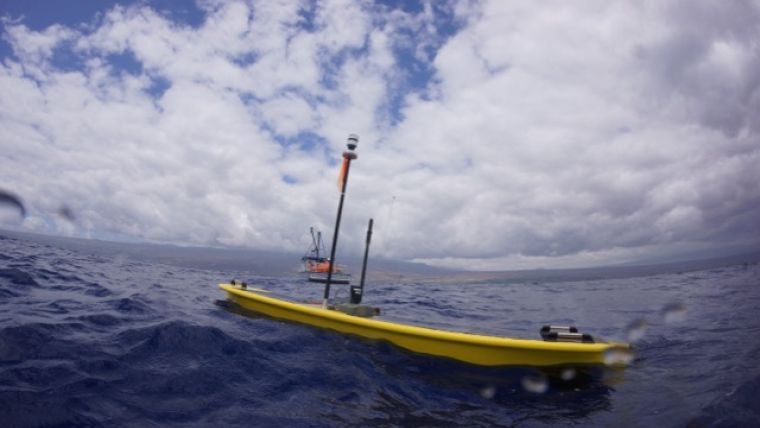Autonomous Technology Helps Scientists Monitor Great Barrier Reef
In partnership with Boeing, the world’s largest aerospace company, the Australian Institute of Marine Science (AIMS) has demonstrated how an autonomous ocean vehicle, the Wave Glider, can improve monitoring of the Great Barrier Reef and coastal waters.
Completing a recent seven-day open water mission covering 200 nautical miles including parts of North Queensland’s Great Barrier Reef, the use of the Wave Glider was the first major milestone of a five-year joint research agreement between Boeing and AIMS.
The autonomous vehicle, developed by Boeing subsidiary Liquid Robotics, was deployed at the Great Barrier Reef to help assess the health of the coral reefs and ecosystems. Powered by waves and sun, the Wave Glider provided continuous, real-time environmental ocean data using a suite of on-board sensors and software. As it travels along the ocean’s surface, Wave Glider measurements include weather, wave heights, water salinity and pH levels, chlorophyll and more.
Staying on Track
Dr. Llewellyn, AIMS head of Data and Technology Innovation, said this sort of technology allowed science to measure atmosphere and water over long periods of time because it can operate at sea for several months at a time while following a programmed course or being piloted remotely. Based on the experiences, Dr. Llewellyn expects the Wave Glider technology will be an important tool to advance AIMS’ mission to better monitor the Great Barrier Reef.
Because of its autonomous nature, Wave Glider frees up human resources to focus on science and not the logistics of collecting data.














